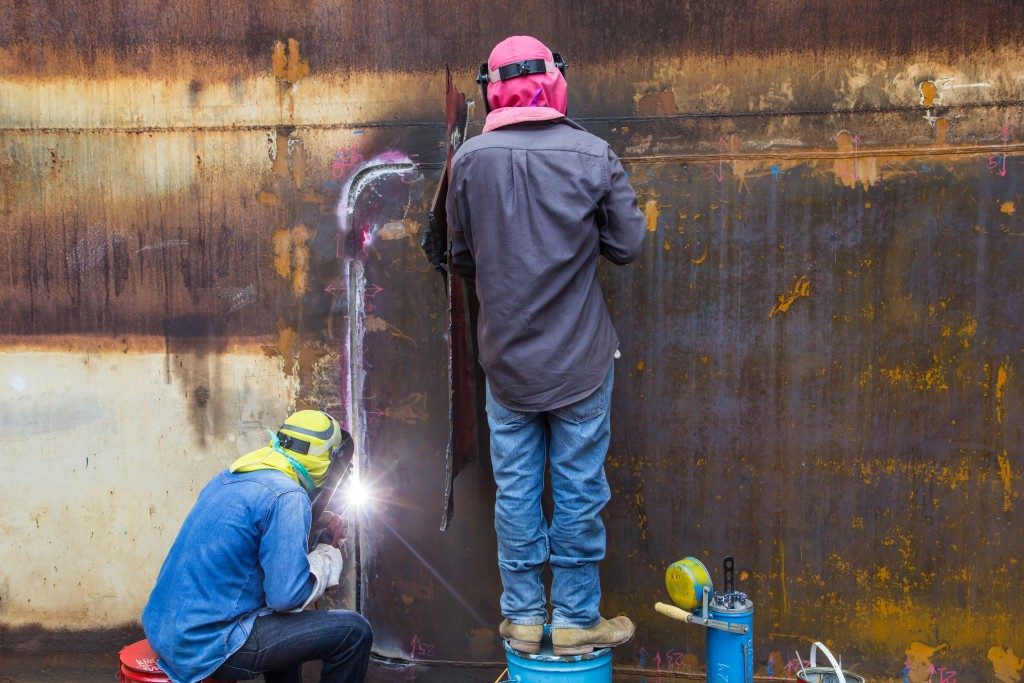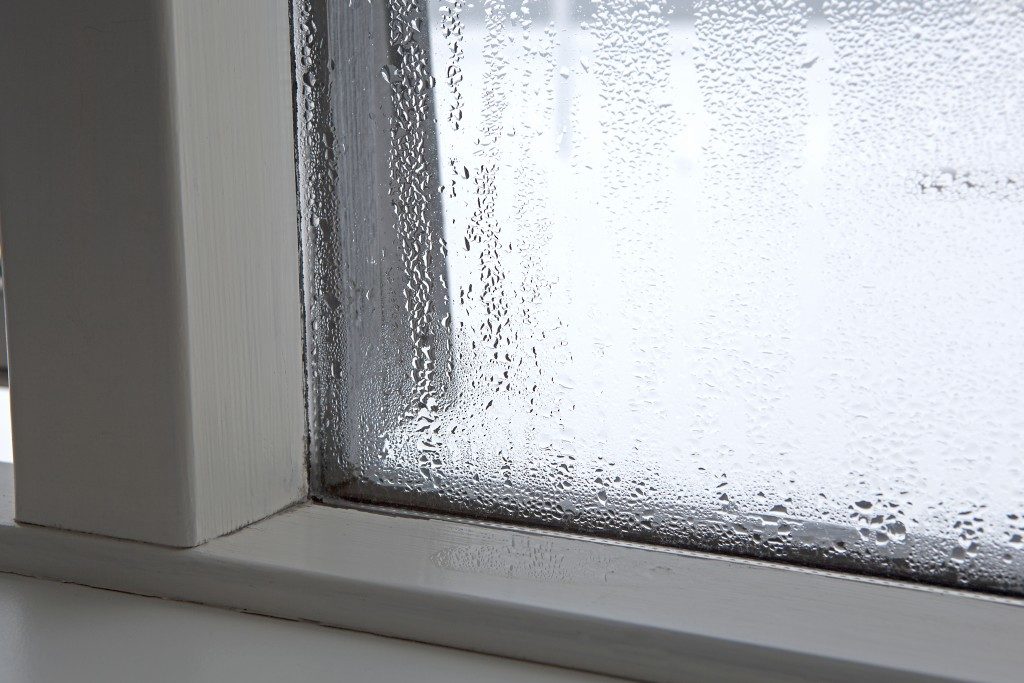Electrical risks are a common hazard when welding on site. Welding machines are powered by electricity, which send strong currents to facilitate the task and get the job done. When a person comes into contact with the electrode, live parts or devices, they are in risk of an electric shock.
Welders are at a higher risk when the electrical source comes into contact with moisture. A strong shock leaves a person with burns and can lead to permanent injury or death.
Although every effort should be taken to avoid electric shock, sources of water at a welding site stem from various sources, such as rain and excessive sweating due to heat. The question is: how to keep safe while working in these conditions?
Keeping Clothing Dry

Wearing protective welding gear is your first line of defence against electric shocks, but they can also be sources of moisture. Welding is heat-extensive, and coupled with working during a hot summer or a sweltering welding shop, excessive sweating is possible. You have a higher chance of receiving a serious jolt when you touch an electrode with a glove saturated with sweat.
When welding, always keep your clothing and gear dry. If you are soaked with sweat, be sure to change clothes, and wipe down or rotate protective equipment before resuming the project. Wearing the proper welding boots also minimises the effects of electric shock, because their rubber soles act as insulation.
Ventilation
Proper ventilation reduces heat from the worksite and lessens your exposure to fumes and other contaminants in the area. When installing ventilation in the facility, make sure you will meet the standards specified by Safe Australia’s Code of Practice for welding.
Insulation
Insulated materials limit the flow of the current between two electrical conductors, thereby reducing your chances of getting an electric shock. Add insulation on rod handles and welding cables. If you are welding on steel or other conductive material, use an insulating mat under the operator.
Working in Inclement Weather
Common sense dictates that you should not work outside when it is raining. Operating a welding machine in the rain greatly increases the risk of serious injury or, worse, electrocution.
When it starts raining while you are working on an outdoor welding project, stop right away. Turn off all equipment and get the machine out of the rain. If it is difficult to haul to shelter, cover the machine with a tarpaulin sheet or any water-resistant material. Do not resume work until rain stops and the welding equipment has dried.
When working inside, make sure that water does not get into the building when it rains. Close all doors and check if the site has potentially live wires or other hazardous components. Clean up wet areas and inspect all equipment. Use an appropriate residual current device (RCD) to minimise the risk of electrocution associated with the supply of electricity through a socket outlet.
Welders are at higher risk of an electric shock when sources of electricity come into contact with water, whether through excessive sweating or inclement weather. Taking measures to minimise moisture in the work area reduces hazards and allows you to focus on the quality of your work.

